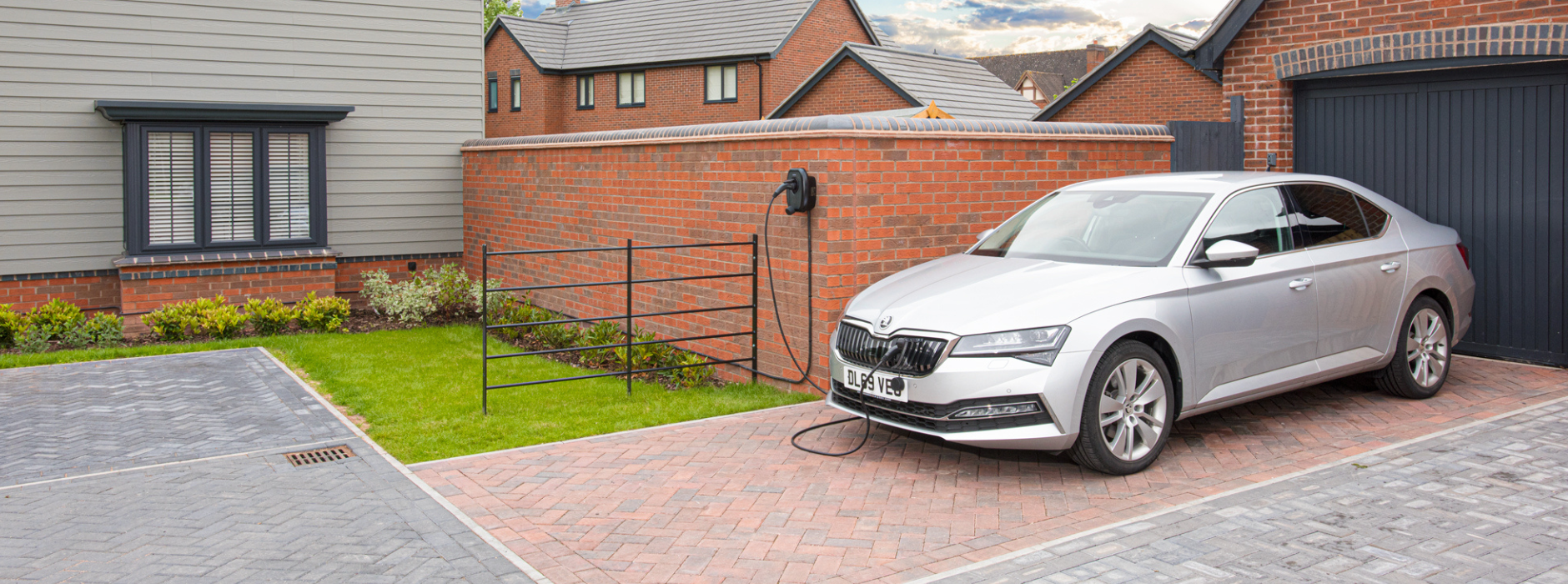Installing EV Charge Points in Your Home: A Step-by-Step Guide
As the world transitions toward greener energy solutions, electric vehicles (EVs) are becoming an increasingly popular choice for drivers in the UK. However, to maximize convenience, a home EV charge point is essential. Here’s a comprehensive guide to understanding the process of installing an EV charge point in your home, from planning to completion.
1. Understanding Your Needs and Choosing the Right Charger
Before starting the installation process, it’s crucial to select a charger that fits your specific needs. EV charge points come in various power levels, with the most common home chargers being Level 2. These provide a significantly faster charge than a standard household socket outlet (Level 1). Level 2 chargers typically offer between 7.2 kW and 22 kW, translating to a much quicker charging time.
To decide on the power level, consider your vehicle’s charging capacity and your typical driving habits. If you often need a full battery quickly, opting for a higher-powered unit is worthwhile.
2. Assessing Your Home’s Electrical System
The next step is to ensure your home’s electrical system can handle the additional load. For a Level 2 charger, a dedicated 240-volt circuit is required. An electrician or a certified installer will evaluate your existing electrical supply to confirm it can support this. Upgrades to your consumer unit might be necessary if it’s older or if you don’t have sufficient capacity to add a new circuit. In most cases a dedicated consumer init will be installed for the EV charging point
A professional assessment will also include checking the distance between your electrical supply and the desired charging location. The further the distance, the higher the cost due to increased wiring requirements.
3. Permits and Regulations
Depending on your location, you may need a permit to install an EV charge point. Your certified electrician should be familiar with local regulations and handle this step for you. The permits ensure that the installation adheres to electrical codes, keeping your home safe and up to standard.
Furthermore, some regions offer incentives or grants for EV charger installations. Be sure to check with your local utility company or government to take advantage of any available discounts.
4. Choosing a Location
Positioning your charge point in a convenient and secure location is essential. Most homeowners opt for garages or driveways, as they provide protection from the elements and increased security. If an outdoor location is necessary, weatherproof chargers are available. Keep in mind that placement near your electrical supply can reduce the installation costs.
5. Installation Day
On installation day, a qualified electrician will begin by turning off the power to safely connect the new circuit. They’ll install the dedicated 240-volt circuit and run wiring from the supply location to the charging station. Depending on the complexity, the entire installation usually takes 4-5 hours.
The electrician will then mount the charging unit and ensure it is securely fastened to a wall or a post, depending on your setup. Once connected, the system is tested for safety and functionality.
6. Final Checks and Demonstration
Before completing the job, the installer should conduct a thorough test of the unit to ensure it operates correctly. They’ll check for any potential issues, such as wiring faults or connectivity problems, and ensure your vehicle can communicate with the charger seamlessly.
Many professionals will provide a demonstration on how to use the charger and discuss best practices for maintenance. This can include tips for safe charging, troubleshooting minor issues, and routine checks to keep your system functioning well. You’ll receive an installation certificate for the works to ensure compliance with the electrical and building regulations.
To conclude
Installing an EV charge point at home can make EV ownership significantly more convenient and practical. With proper planning, a certified electrician, and a little preparation, the installation process is typically smooth and can be completed in a day. The end result is the peace of mind that comes from knowing your vehicle is always ready to go, charged by a safe and reliable home Charge point.
For more information, Contact Tom and the team at TWR Chargepoints!
